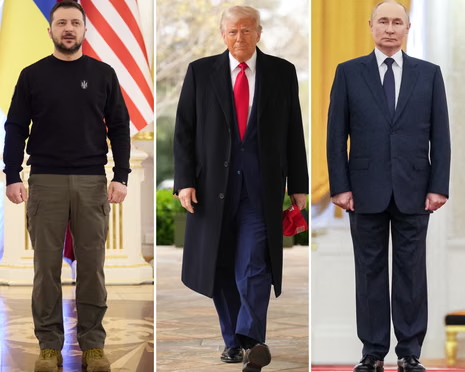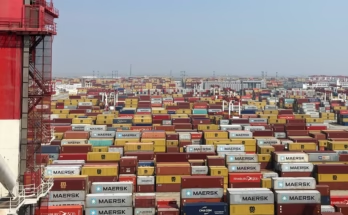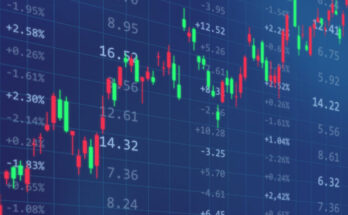In one of the most closely watched diplomatic events of the year, Ukrainian President Volodymyr Zelenskiy met with Donald Trump and top European leaders at the White House on August 18, 2025 for peace talks aimed at ending the war with Russia.
The summit comes just days after Russia carried out deadly strikes in Ukraine, raising doubts about Moscow’s intentions. For Kyiv, the talks represent both an opportunity and a test — to secure stronger international backing while resisting pressure for territorial concessions.
The Key Participants
-
Volodymyr Zelenskiy, President of Ukraine
-
Donald Trump, former U.S. president and self-styled peace broker
-
German Chancellor and French President
-
European Union officials representing NATO and Brussels interests
This lineup signals that the talks are not only bilateral but have continental and global stakes.
Zelenskiy’s Mission
Zelenskiy arrived in Washington determined to:
-
Defend Ukraine’s sovereignty and reject any “land-for-peace” deals.
-
Secure continued military and financial aid from the U.S. and Europe.
-
Reinforce Ukraine’s path to NATO and EU membership.
“Ukraine will not trade land for peace,” Zelenskiy said before the meeting. “Peace must mean justice, security, and sovereignty.”
Trump’s Role
Donald Trump has positioned himself as a potential mediator, promising to “end the war quickly.”
While he has not shared a detailed peace plan, his emphasis on negotiations has raised speculation that he could pressure Ukraine toward concessions. Critics argue that Moscow could exploit this approach.
European Leaders’ Concerns
-
Germany: Called for stronger pressure on Russia and warned against weak compromises.
-
France: Advocated for balanced diplomacy but reaffirmed Ukraine’s right to sovereignty.
-
EU Officials: Stressed that any deal must align with international law and security guarantees.
Russia’s Absence
Notably, Russia is not at the table. The Kremlin dismissed the summit as “political theater,” insisting that its conditions — recognition of Crimea and occupied Donbas — remain unchanged.
This absence raises questions about whether any progress can be made without Moscow’s direct participation.
Global Stakes
-
For Ukraine: The summit tests its ability to maintain Western unity.
-
For Europe: Security in the region hinges on the outcome of the talks.
-
For Global Markets: Energy prices and investor sentiment remain tied to the conflict’s trajectory.
Outcomes So Far
While no breakthrough was announced on the first day, leaders pledged to:
-
Continue military and economic support for Ukraine.
-
Explore frameworks for a future ceasefire.
-
Reject any peace deal that compromises Ukraine’s sovereignty.
Conclusion
The White House summit highlights both the urgency and difficulty of ending the war in Ukraine. While Zelenskiy secured assurances of continued Western support, the path to peace remains uncertain without Russia’s participation.
For now, the talks serve as a reminder of Ukraine’s resilience and the global stakes riding on its struggle for sovereignty.
FAQs
Q1: Who attended the White House summit?
Zelenskiy, Donald Trump, the German Chancellor, French President, and EU leaders.
Q2: What was Zelenskiy’s message?
Ukraine will not surrender territory for peace and seeks NATO/EU membership.
Q3: Did Russia participate?
No. The Kremlin dismissed the talks and insists on recognition of its territorial gains.
Q4: Was any agreement reached?
No major breakthrough yet, but leaders reaffirmed support for Ukraine and rejected concessions.



